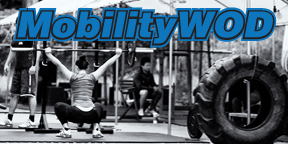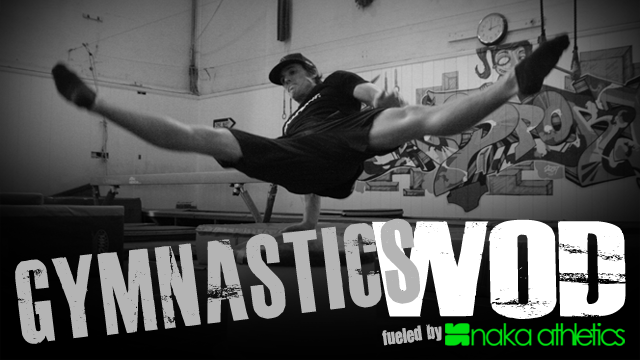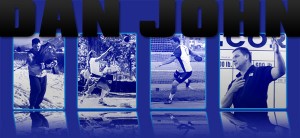29
Apr / 11
PRI tips for Runners
Categories: Running, Workout of the Day
posted by: Sean
I first learned about the Postural Restoration Institute (PRI) from this T-Nation article by author Eric Cressey who I follow regularly on his personal blog. There’s a ton of excellent information and resources on the PRI site and since the beginning of the year I’ve been trying to digest it piece by piece. The latest article I stumbled upon on the PRI site has tips for runners. We have a number of Intrepid athletes who train for endurance running events and I felt this article may offer another perspective to supplement the coaching we offer.
For those who have worked with us on their running realize quickly that running correctly has a lot to do with posture and body positioning. PRI, as the name implies, stresses the importance of posture and offers general recommendations to help runners. Some of the information might look similar to tips we’ve given out but there’s always value to be gained from professionals who specialize in posture. One interesting side note (perhaps post-worthy later on), which Eric Cressey touches on in the T-Nation article linked above, is how complete symmetry in the body is a myth and some asymmetry is normal. As with every article, read it critically and try to understand the message the PRI author Lori Thomsen is trying to get across even if you disagree with the means to achieve that outcome. It is also likely that her recommendations are for the general distance running population that doesn’t CrossFit, lift heavy objects regularly, or eat to optimize their performance.
Here’s a quick summary on some of the relevant tips for runners in their article Top Ten Recommendations for Runners, please take a look at the full article for the full list of tips and some corrective exercises you can incorporate into your routines:
- Keep your hamstrings strong, especially your left.
- Avoid overstretching your hamstrings. Have the ability to bend over and slightly touch your toes.
- Keep your glutes symmetrical.
- Properly stretch your Achilles tendon, your toes, and your low back
- Keep your lower abdominals “alive” by performing side lying activity
- Stretch your upper back, latissimus, and pectoralis musculature
- Avoid wearing flip-flops, sandals, and untied shoes
The top five warnings signs of dysfunction include:
- Uneven shoulder height
- Fatigue
- Low back and sacral iliac (SI) strain
- Knee strain or pain
- “Clicking” or “Popping” hips
Revisit Ruth’s post, Running Diagnosis, to review how inefficiencies in running technique can lead to specific injuries and drills to fix those issues. I know many of you have said you have races in the coming months so let’s work to improve our running skill before you get carried away with long runs and nagging injuries. Also check out the CrossFit Endurance site if you haven’t already for more tips and information on how CrossFit can enhance your performance at your next race without logging an ungodly number of miles and beating yourself up only to come to hate running all together. As always let one of us know if you have any questions preparing for your next race and ways we can put today’s information to practice in your training.
WOD 04.29.11
Snatch 3-3-3
CF Open WOD 11.6
Complete as many reps as possible in 7 minutes following the rep scheme below:
3 Barbell Thrusters (100lbs / 60lbs)
3 Chest to bar Pull-ups
6 Barbell Thrusters (100lbs / 60lbs)
6 Chest to bar Pull-ups
9 Barbell Thrusters (100lbs / 60lbs)
9 Chest to bar Pull-ups
12 Barbell Thrusters (100lbs / 60lbs)
12 Chest to bar Pull-ups
15 Barbell Thrusters (100lbs / 60lbs)
15 Chest to bar Pull-ups
18 Barbell Thrusters (100lbs / 60lbs)
18 Chest to bar Pull-ups
21 Barbell Thrusters (100lbs / 60lbs)
21 Chest to bar Pull-ups…
This is a timed workout. If you complete the round of 21, go on to 24. If you complete 24, go on to 27, etc.


 310.465.6565
310.465.6565 



















comments